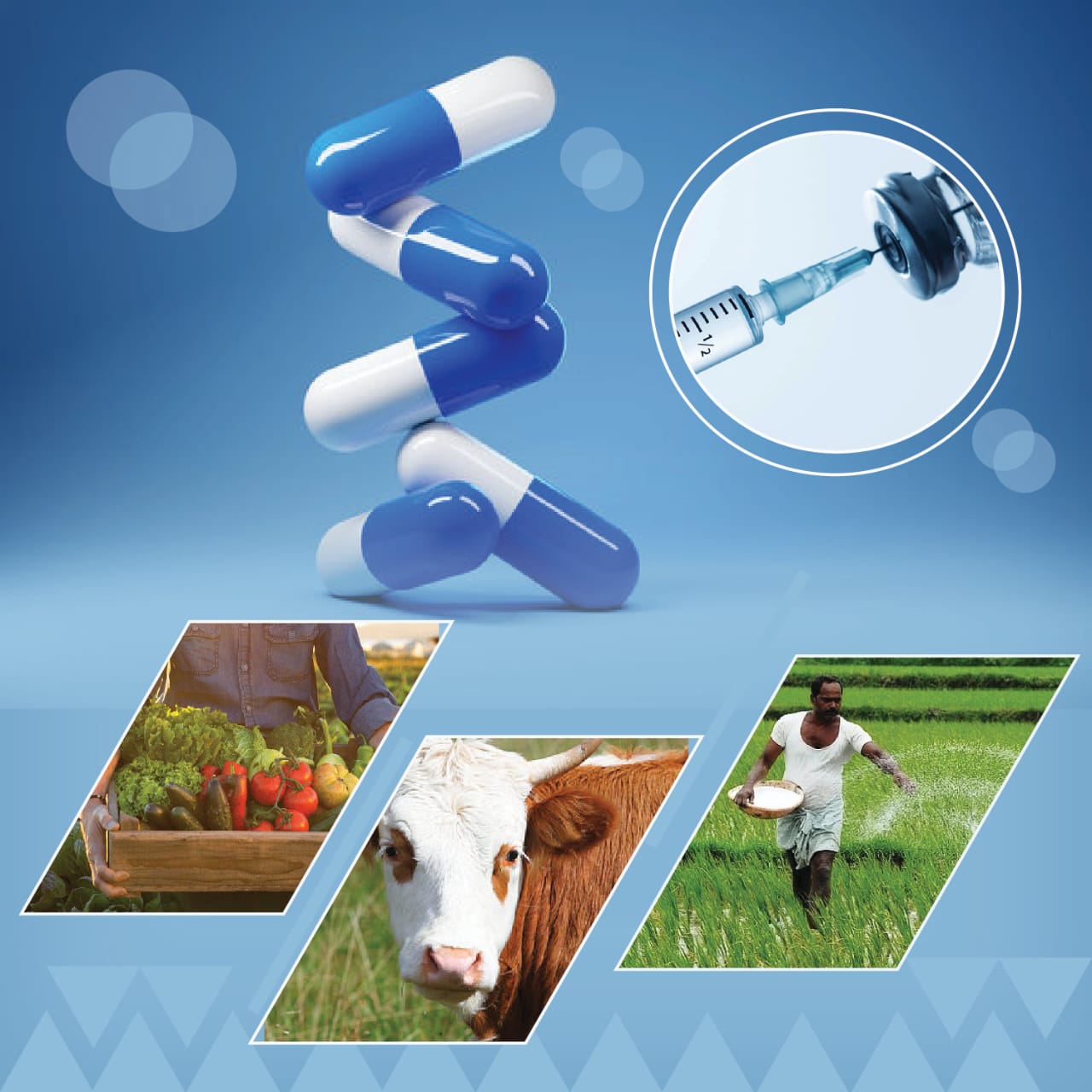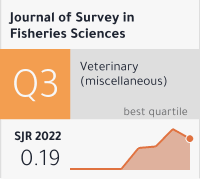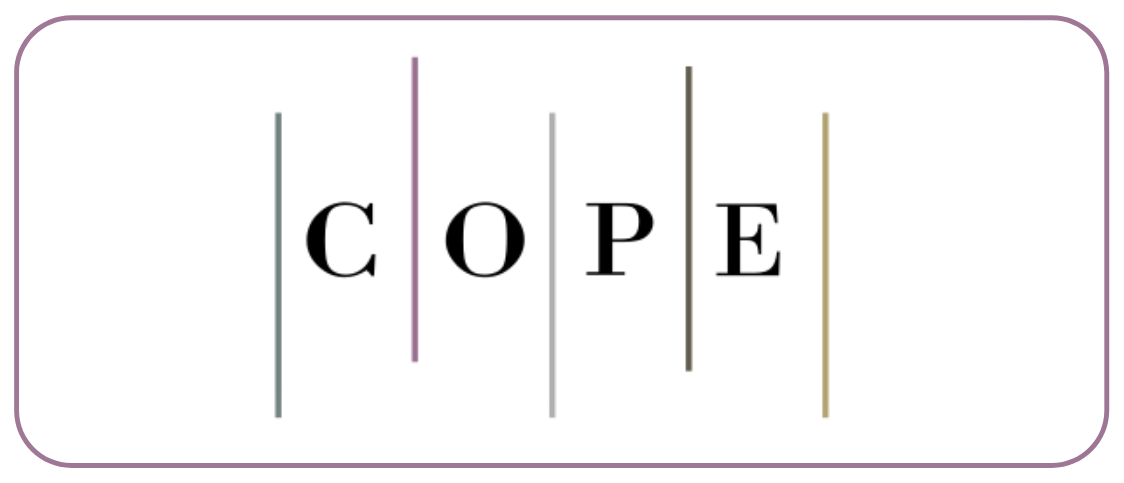Appraisal Of Plant Activators And Chemicals Against Brown Leaf Spot Of Citrus In Relation To Epidemiological Factors
DOI:
https://doi.org/10.53555/sfs.v10i2.1491Abstract
Citrus is one of most important fruit crop of the world that belongs to family Rutaceae. It is a rich source of vitamins specially, vitamin C. It is consumed as a fresh fruit and also in processed form. Its production is affected due to various biotic (fungi, bacteria, virus and nematodes) and abiotic factors like extreme temperature, high humidity and rainfall. Among fungal diseases, Brown leaf spot caused by Alternaria citri is one of the most destructive diseases of citrus. Alternaria is a fungus that is present everywhere and associated with plants, soil and animals and many of them are plant pathogens, causing several diseases including fruit rots and immature fruit drops. This disease mainly attacks the twigs of plants, leaves and citrus fruit. Disease samples of typical symptoms of necrotic spots followed by yellow halo were collected from different citrus orchard. After collecting the samples these were brought in the Plant Disease Diagnostic Laboratory for further isolation, purification and identification of different pathogens associated with Alternaria brown spot. In vitro evaluation of different chemicals and plant activators were done by using different concentrations (200, 600 and 900ppm) against isolated pathogen by using poisoned food technique. Mancozeb and salicylic acid was highly effective against Alternaria alternata.









